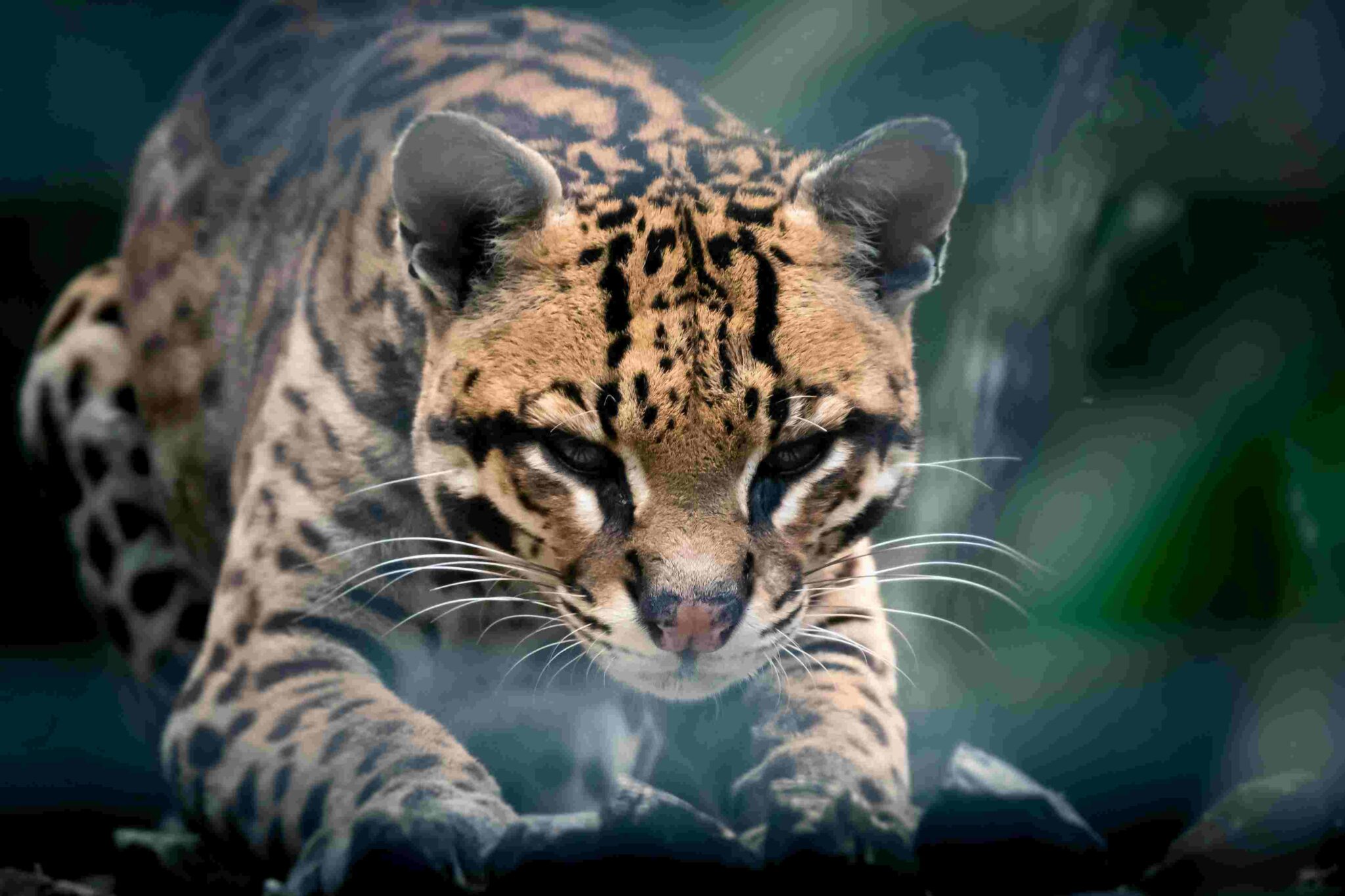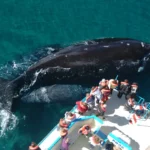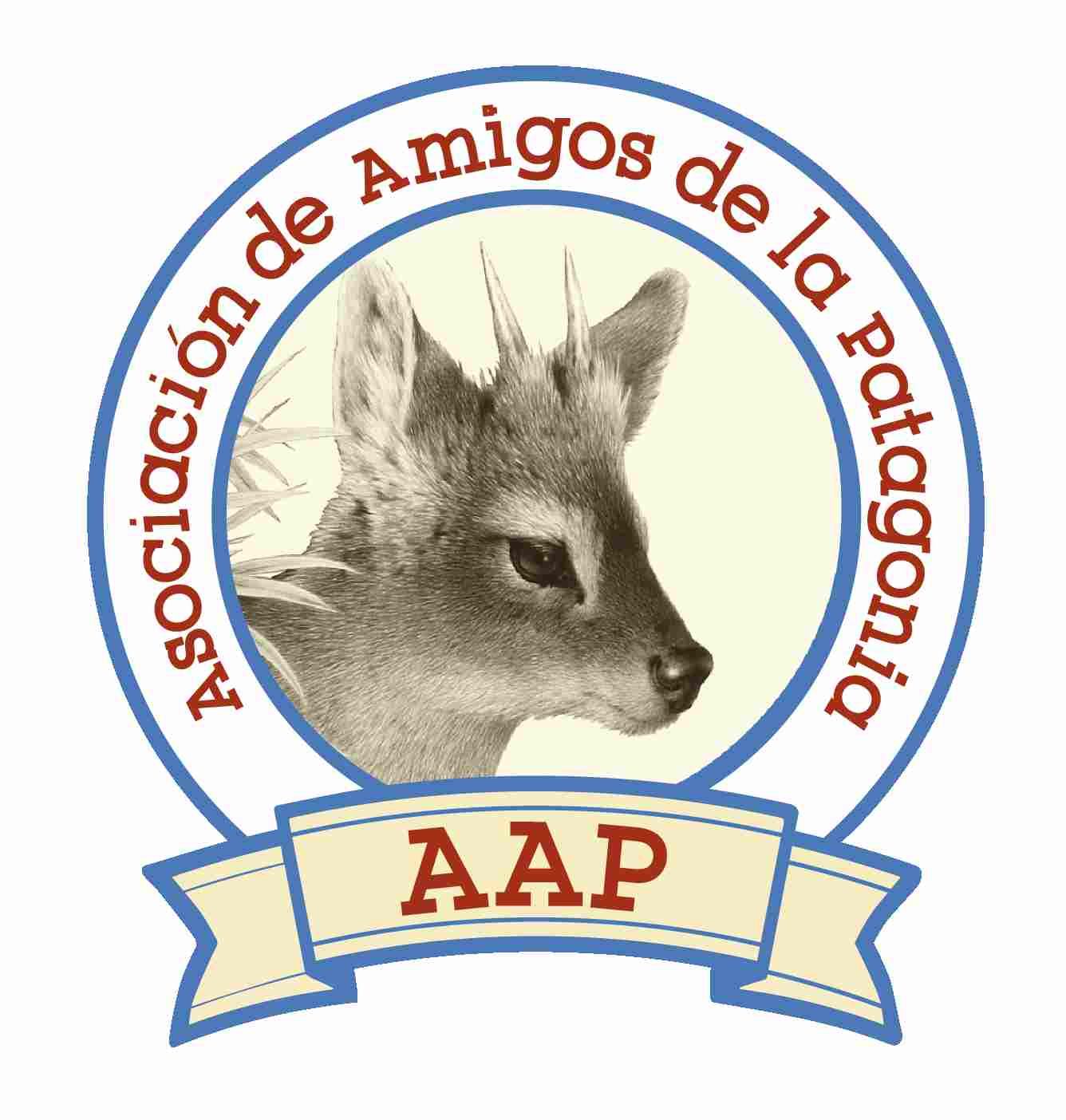
The ocelot (Leopardus pardalis) is one of the most striking and adaptable wild cats in the Americas. Known for its sleek, spotted coat and stealthy movements, the ocelot is a solitary and secretive predator found in Argentina’s northeastern forests and wetlands.
Although it’s more abundant than the elusive Andean cat, the ocelot still faces significant conservation challenges. Its beauty once made it a target for the fur trade, but today it draws the admiration of wildlife enthusiasts hoping to catch a glimpse in its natural habitat.
Where to See It (very rare encounters)
In Argentina, the ocelot’s range is limited to the northeast, with strongholds in:
- Iberá Wetlands (Corrientes Province)
- El Impenetrable National Park (Chaco Province)
- Misiones Province, including parts of Yabotí Biosphere Reserve
Ocelots prefer dense forests, scrublands, and wetlands, where their camouflage and hunting skills give them a significant advantage.
Physical Characteristics
The ocelot is about the size of a large domestic cat, but with a much more powerful build and wild appearance:
- Body length: 70–100 cm (28–40 in)
- Tail length: 25–40 cm (10–16 in)
- Weight: 8–15 kg (17–33 lbs)
- Coat: Golden to reddish-gray, patterned with rosettes and dark spots
- Eyes: Large and golden-brown, well adapted for night vision
Its coat pattern is unique to each individual, making identification possible in camera trap studies.
Behavior and Diet
Ocelots are nocturnal and solitary, spending most of their time patrolling their territory and hunting:
- Diet: Small mammals (like rodents), birds, reptiles, frogs, and even crabs
- Hunting style: Quiet stalking followed by a quick pounce
- Territory: Males have large ranges that may overlap with several females
They are agile climbers and swimmers, but prefer hunting on the ground.
Reproduction and Lifespan
- Ocelots usually give birth to 1–2 kittens, after a gestation period of about 80 days
- The young stay with the mother for several months before becoming independent
- In the wild, they live up to 10 years, and longer in captivity
Ocelots do not roar, but they communicate with growls, meows, and hissing sounds.
Conservation Status
The ocelot is classified as Least Concern globally, but in Argentina it is considered Vulnerable, with declining populations due to:
- Deforestation and habitat fragmentation
- Road mortality
- Illegal pet trade
Conservation efforts are focused on habitat protection, especially in Iberá National Park and El Impenetrable, where camera traps have confirmed the presence of stable populations.
Ecotourism and Responsible Viewing
Travelers interested in spotting ocelots should consider visiting:
- Iberá Wetlands: Best chances with night safaris or guided wildlife tours
- El Impenetrable National Park: Remote, but increasingly accessible, with opportunities for camera trap monitoring experiences with local guides
As with any wildlife experience, respectful distance and quiet observation are key to preserving natural behaviors.
Personalized tours in Argentina
The ocelot is a symbol of Argentina’s tropical biodiversity—stealthy, beautiful, and elusive. While sightings are rare, the possibility of encountering one adds magic and mystery to the wild forests of the north. Supporting sustainable tourism and conservation efforts can help ensure that ocelots continue to roam Argentina’s jungles for generations to come.
We’re a local tour operator based in Buenos Aires, which offers custom tours in Argentina and Chile. We invite you to contact us, and start planning your next incredible journey to South America!
Get inspired by some of our travel ideas, listed below:
Puma Tracking Tour and Orca Watching
Mision Province & Ibera Wetlands
Orca Whale Watching in Patagonia Argentina
Iguazu Falls, Peninsula Valdes and the Wetlands
Where to see Penguins in Patagonia
Peninsula Valdes: Wildlife Tour
0












